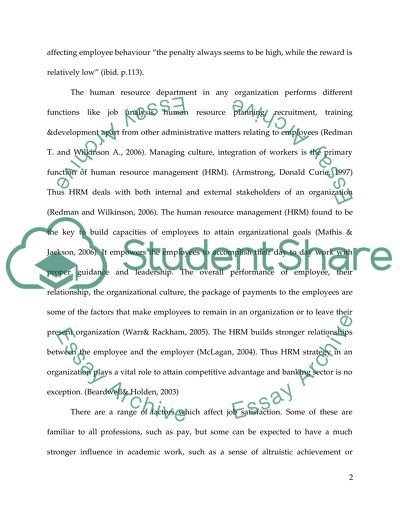Cite this document
(“Human Resource Management in Secondary Schools Essay”, n.d.)
Human Resource Management in Secondary Schools Essay. Retrieved from https://studentshare.org/sociology/1507817-human-resource-management-in-secondary-schools
Human Resource Management in Secondary Schools Essay. Retrieved from https://studentshare.org/sociology/1507817-human-resource-management-in-secondary-schools
(Human Resource Management in Secondary Schools Essay)
Human Resource Management in Secondary Schools Essay. https://studentshare.org/sociology/1507817-human-resource-management-in-secondary-schools.
Human Resource Management in Secondary Schools Essay. https://studentshare.org/sociology/1507817-human-resource-management-in-secondary-schools.
“Human Resource Management in Secondary Schools Essay”, n.d. https://studentshare.org/sociology/1507817-human-resource-management-in-secondary-schools.


